F1's most experienced driver has 1,300 laps — but not a single point: A chat with FIA safety car supremo Bernd Mayländer
Bernd Mayländer on Monaco, Motor Sports, and the time he picked up Michael Schumacher...
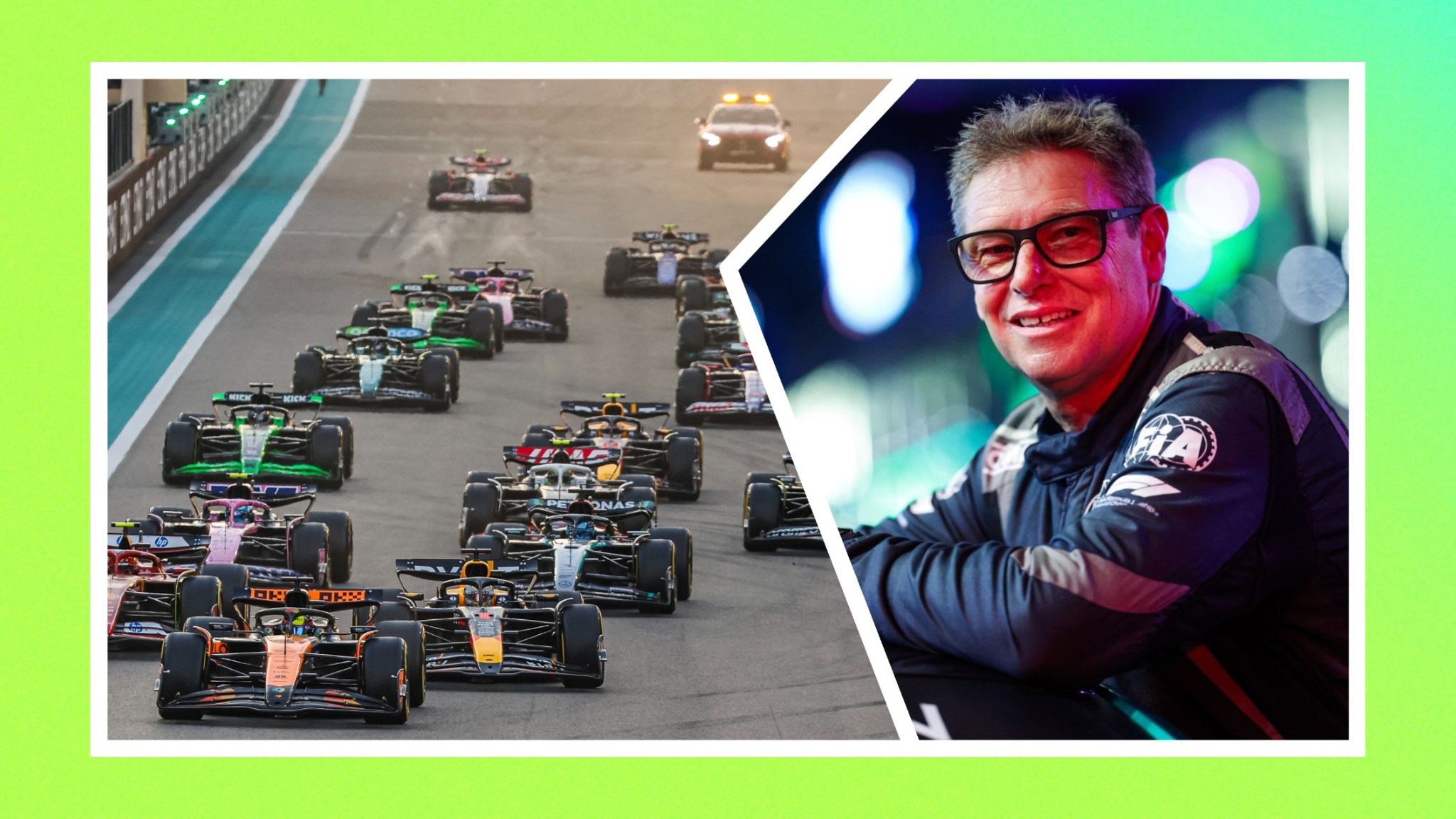

Formula One has had a fair bit of hype recently, mainly thanks to Brad Pitt's new F1 movie, Netflix's Drive to Survive, and of course, the plethora of racing events that have headed to the UK from Silverstone to Goodwood.
It's at Goodwood where we caught up with an unsung hero of the sport — former racing driver and current FIA safety car driver Bernd Mayländer. He slowed down long enough to offer up Shortlist some pit stop gossip about all things racing.
And, as if he couldn't get any cooler, pre doing the interview, he'd just finished doing a Pirelli hot lap – a high-speed drive around the circuit with VIPs. Rumour has it these sought-after experiences offer one of the best core workouts available, and are harder to get your hands on than Glastonbury tickets. Bernd casually mentioned that other drivers for hot laps included George Russell and Valerie Bottas - not a bad line up, eh?
Aside from his effortless cool and wicked driving skills, here are seven things we learnt about the driving demon.
1. He started out with go-karting
Like most F1 drivers, Bernd’s love of motorsport started with go-karting, although he never saw the sport as a gateway to F1.
“My carting days were easy – I was never racing, or in any championships,” says Bernd.
“I did it as a hobby – it was something I did with my father. We had a lot of fun, but I wasn’t thinking about becoming a race driver.”
Get exclusive shortlists, celebrity interviews and the best deals on the products you care about, straight to your inbox.
That said, Bernd still credits those days for honing his love of motorsport, as well as teaching him the fundamentals.
“That was the start of my love of the sport - it woke up the DNA in my body, and it was also great preparation for becoming a race driver. You learn the basics – how to set up a car and how to understand the rules. You understand the speeds, and that motorsport can be dangerous.”
2. F1 was never the end goal
Bernd might not have seen F1 as the ultimate goal, but he still wanted to race, despite not being old enough to do so.
“When I was go-karting it was the early 1980s and I didn’t even have a driving licence at that time!” he recalls. In 1989 he got his driving licence and started racing on some of the world’s most famous circuits.
“Someone suggested I start in Formula Ford 1600 which was, at the time, the most popular series after carting. I did it for one year and I learned a lot, then went back to GT cars – that was my dream.”
He quickly racked up an impressive haul of wins including, in 1994, the Porsche Carrera Cup Germany. He also spent several years racing in the DTM (Deutsche Tourenwagen Meisterschaft) series.
3. His first safety car gig was in the 1990s
In the late 1990s, he got an offer which was too good to refuse.
“Charlie Whiting [the late FIA director of Formula 1] asked if I wanted to be part of the safety car family. At that point there were two FIA safety car drivers — there was also Oliver Gavin, who was covering Formula 3000, too. It was a great time to learn about the job – to understand the difference. In the FIA safety car you never win a race, but you’re always in front!”
Oliver Gavin handed back the keys to his safety car in 2000, and Bernd was offered the role of sole FIA safety car driver – a job which involved a very different kind of pressure to the one he experienced during his time in GT.
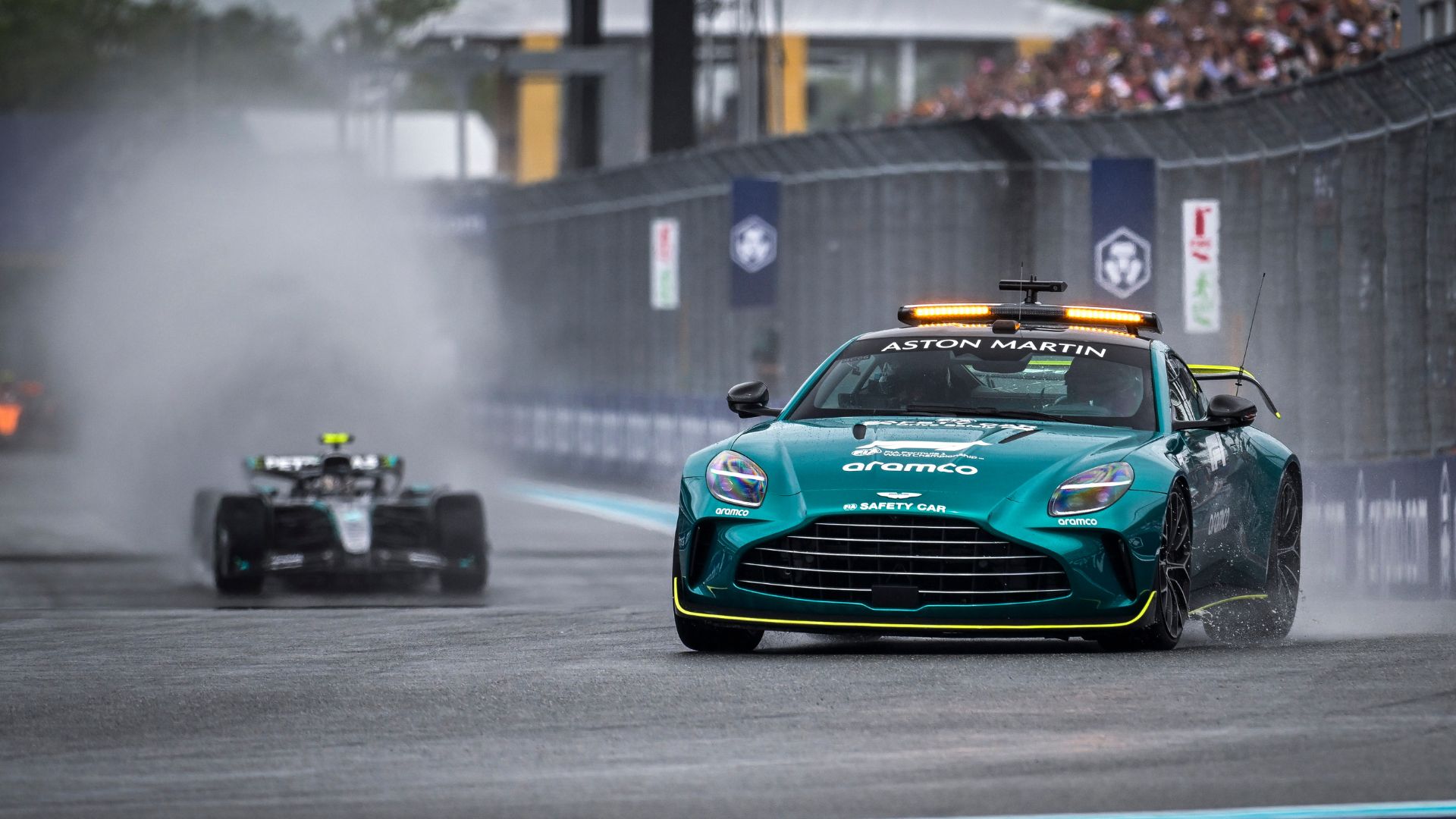
4. There is a lot more pressure than it looks like from the outside
“As a racing driver, if you’re at the front of the grid you have pressure from those behind you, and if you’re at the back you have pressure because you need to try and get forward, but as a safety driver the pressure comes from needing to know everything is working the right way. It’s all about teamwork.”
Updates from the marshals and drivers’ teams are critical, he points out, although during races Bernd communicates only with the deputy race director and race director, while his co-driver provides invaluable additional updates relating to the on-track action.
But Bernd’s updates are just as critical for those watching trackside. “If [the deputy race director], says ‘safety car deployed’ that’s it – we go, and once it’s deployed we’re reporting back to race control, constantly giving them lots of information. They’re watching it on the screens, but we’re seeing it live, and it can look a little different, so we’re helping them make the right decisions. For example, I can feel if the car starts aquaplaning. People in race control might be able to look at the TV and see that it’s raining, but if you’re outside, you can feel it. That’s the difference.”
And while the F1 drivers he’s leading are in a similar situation, he admits their need for speed sometimes clouds their ability to understand certain decisions.
“If the drivers complain that I’m driving slowly, there’s always a reason,” Bernd points out. “I understand the drivers want to go quickly but I might need to bunch them up, for example, and they might not know if there are marshals on the track.”
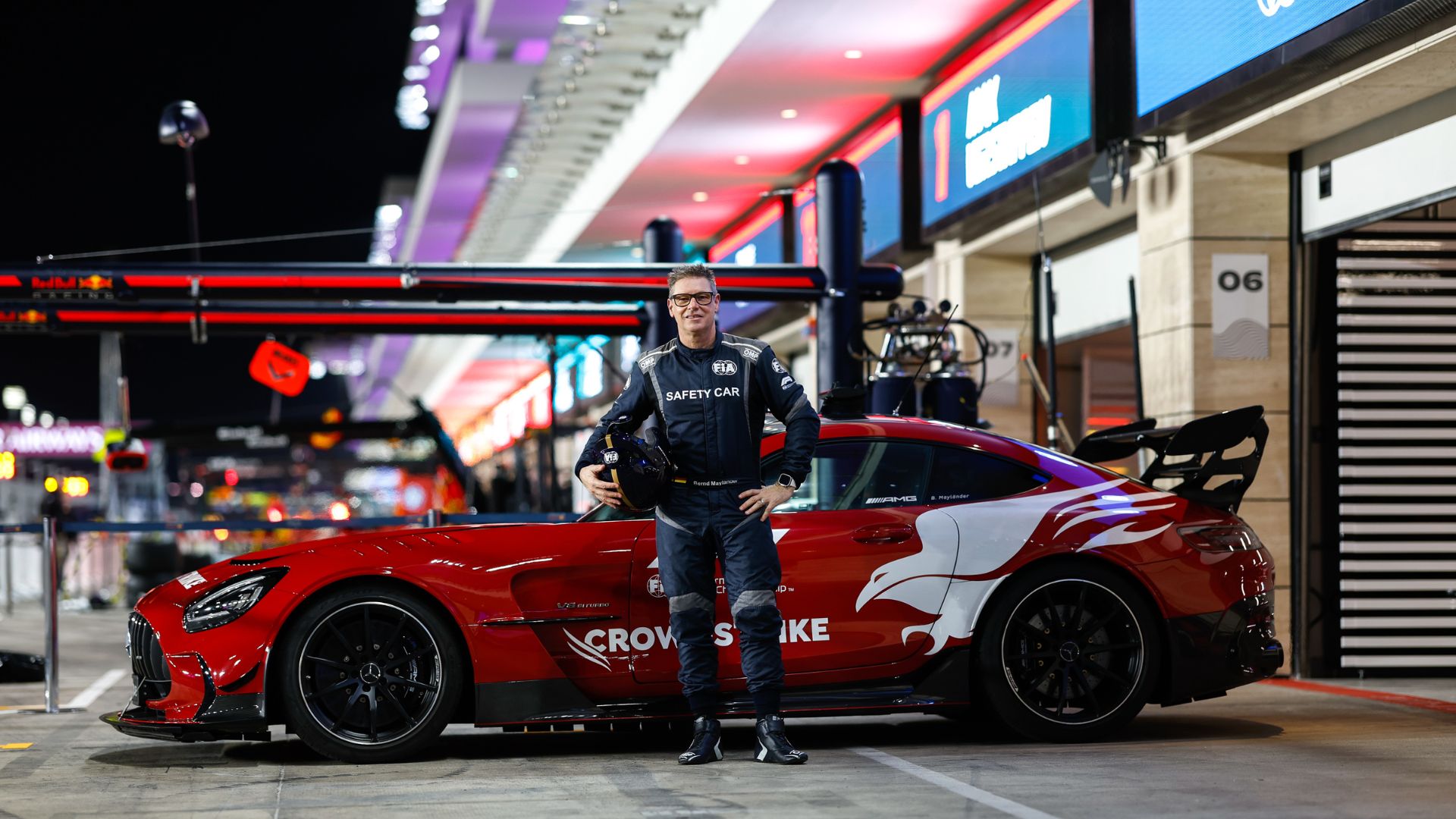
5. He doesn't have a simulator to practise in
Bernd doesn’t have the perk of a simulator to practise in – but then again, we suspect such a simulator doesn’t exist.
“I don’t even know where I’d find one,” he admits. “There are some circuits I know from my motor racing days, and if it’s a new circuit I’ll study maps. But the most important sessions are on the Thursday morning of a race weekend, when we do a track walk, and we’ll also have plenty of laps with the safety car. These laps are really important when it comes to checking timings, phone systems and cameras.”
6. He doesn't have a favourite circuit, but does have a lot of favourite memories
“The current calendar has so many circuits with their own character,” he points out.
“I’m a big fan of Suzuka in Japan and São Paulo in Brazil, and I love driving at Monaco because you’re so close to the wall. And then there’s Silverstone. It’s such a fantastic high-speed track.”
His most memorable moments, meanwhile, include picking up a rather special passenger during the German grand prix.
“There was the time at Hockenheim, Germany, when Michael Schumacher’s Ferrari broke down and he’d stopped it and got out of the car on the first chicane, but he decided not to go back to the paddock. Back then my co-driver would jump out – nowadays, the co-driver stays in the car - so I was able to pick Michael up. He was brilliant – he’s a hero for all of us, and a few days after that race he became world champion.”
7. He has a soft spot for Bond-style Aston Martins
Whilst Bernd won’t be drawn on his favourite safety car — he’ll drive either a Mercedes-AMG GT Black Series or a Aston Martin Vantage — he admits a slight weakness for the latter. “They’re pretty similar, although I always say I feel like James Bond in the Aston Martin,” says Bernd - or perhaps we should say Bond...

Tamara Hinson is a Shortlist contributor with a soft spot for Asia, mountain biking and snowboarding. Her work has appeared in the Times, Conde Nast Traveller and Wanderlust, and her favourite places include Singapore, Osaka, in Japan, and Tamil Nadu, in India. Her pet hates are selfies and dog backpacks.
You must confirm your public display name before commenting
Please logout and then login again, you will then be prompted to enter your display name.
-
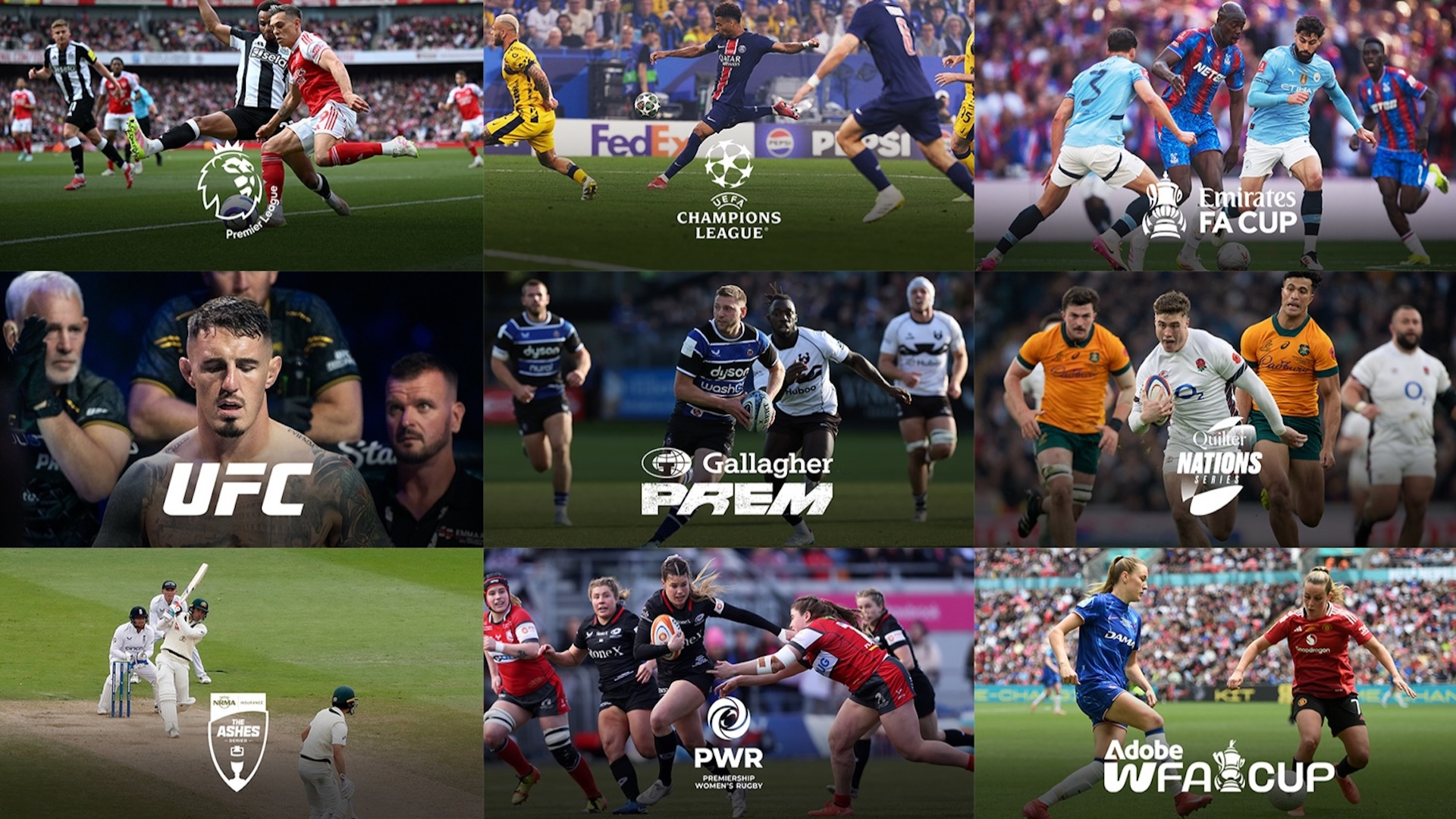 O2 customers can now add TNT Sports to their plan — and save cash doing it
O2 customers can now add TNT Sports to their plan — and save cash doing itPlenty of sport on the go
-
 You could be giving England’s Rugby team their motivational speech - via AI
You could be giving England’s Rugby team their motivational speech - via AIDefinitely a level up from your 10 minute voicenote to your mate
-
 Women's Euro 2025 final: Where to watch the Lionesses take on Spain
Women's Euro 2025 final: Where to watch the Lionesses take on SpainNo stresses with the Lionesses
-
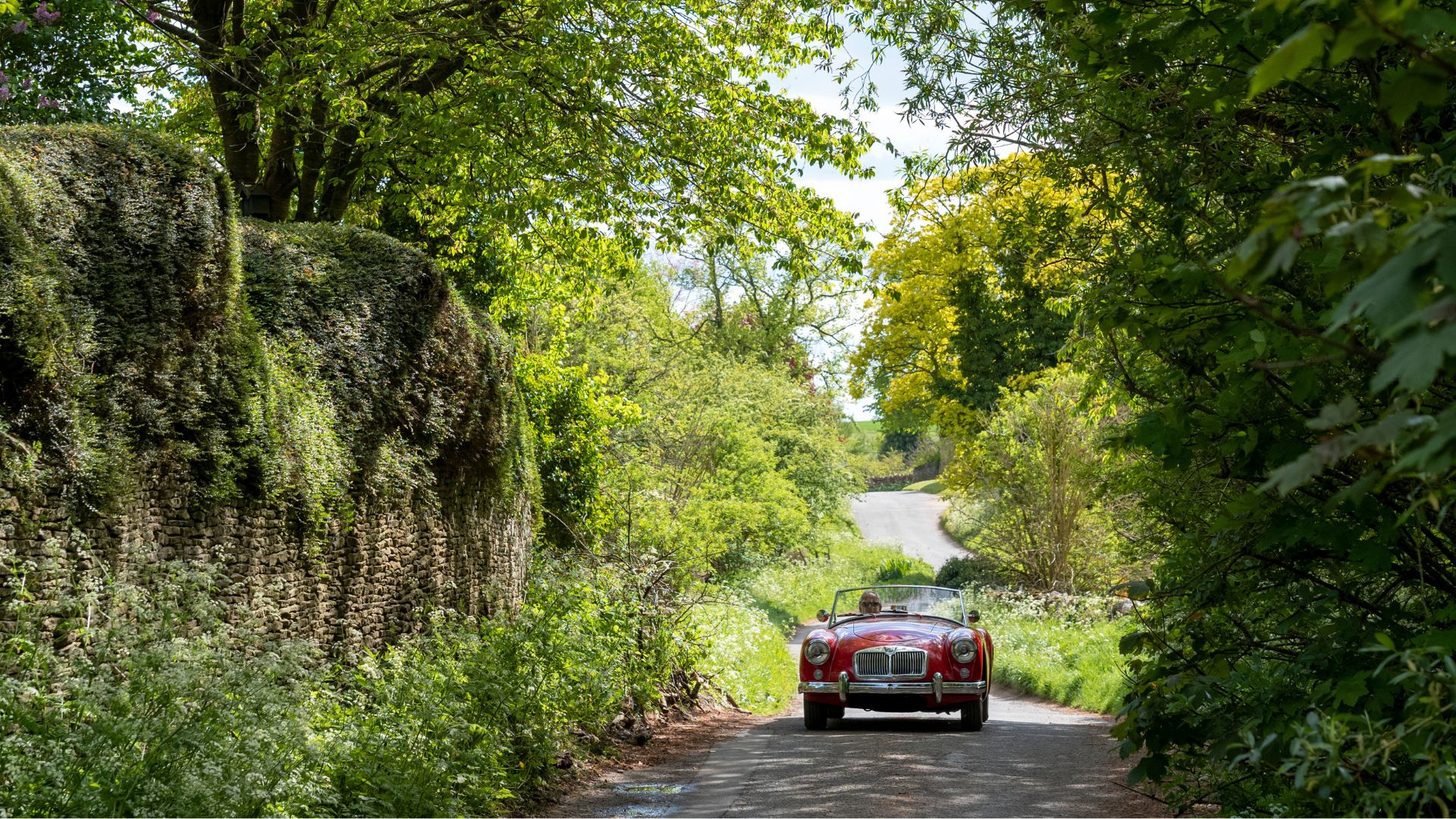 From Glass of Water to Pet Mode: Experts share 9 of the coolest hidden car features you probably didn't know about
From Glass of Water to Pet Mode: Experts share 9 of the coolest hidden car features you probably didn't know aboutReady, set, go!
-
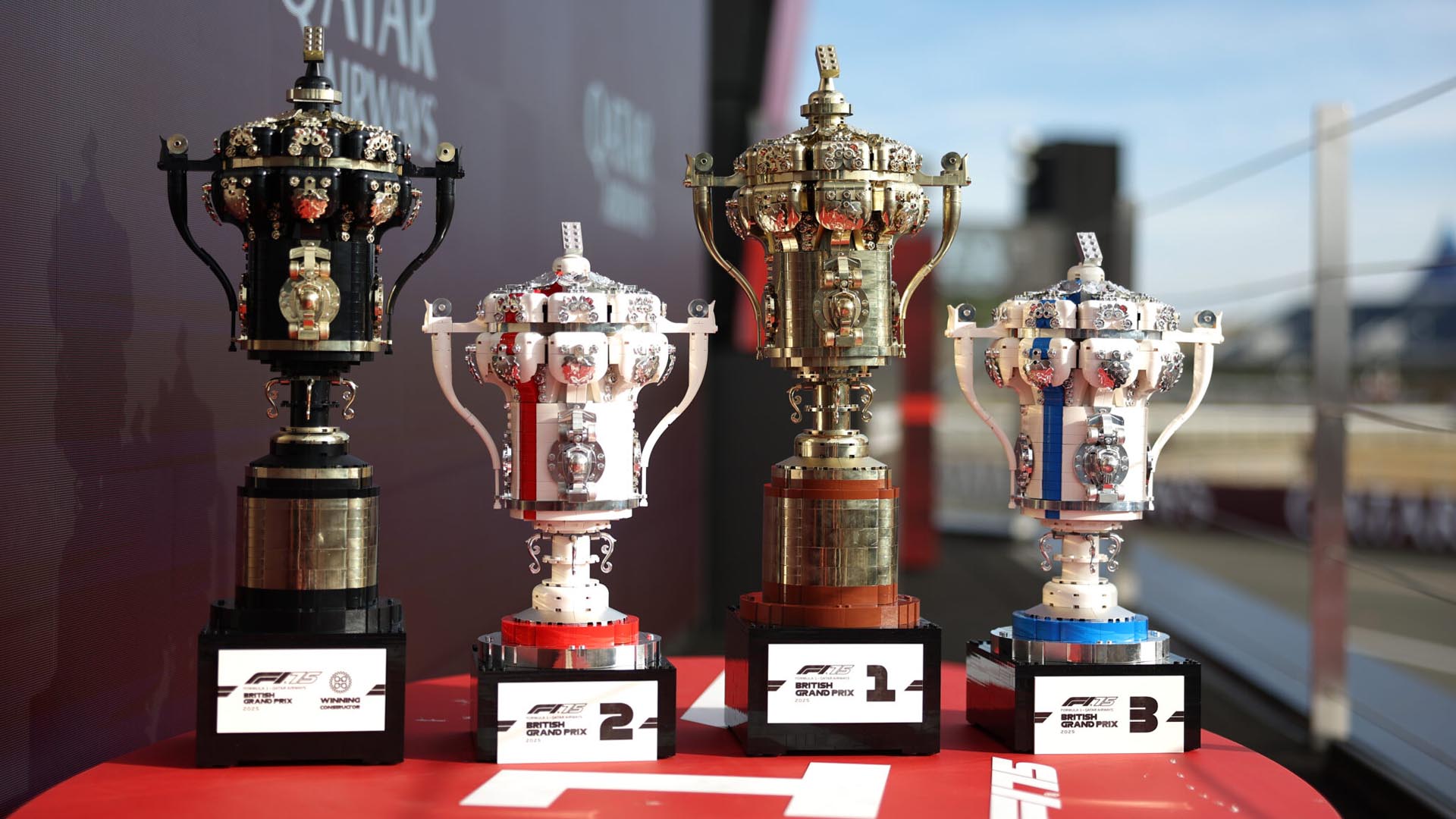 LEGO trophies go to the F1 British Grand Prix winners
LEGO trophies go to the F1 British Grand Prix winnersLando Norris takes the gold
-
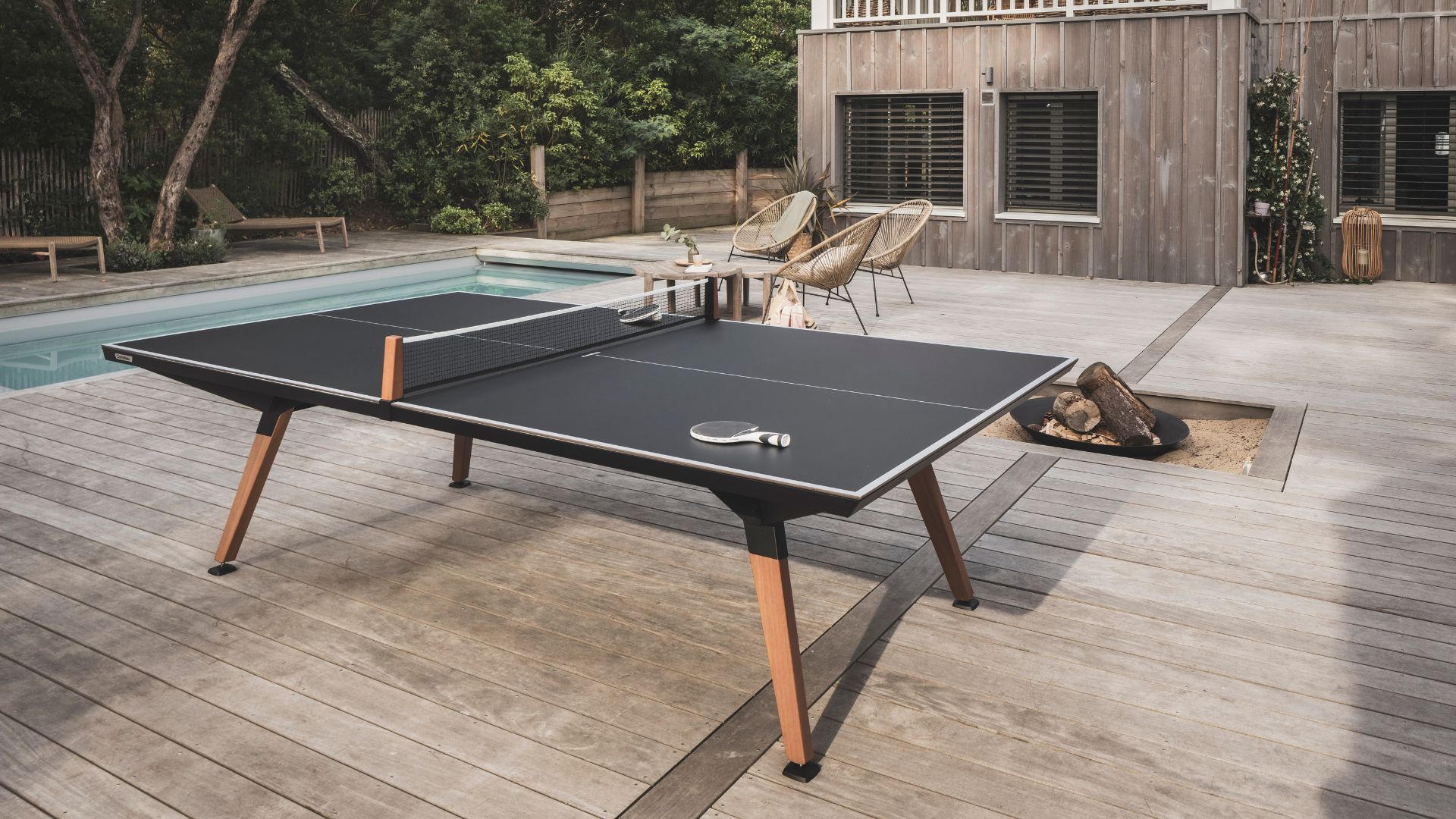 Timothee Chalamet is about to make ping-pong cool with Marty Supreme — so why not treat yourself to a luxury table?
Timothee Chalamet is about to make ping-pong cool with Marty Supreme — so why not treat yourself to a luxury table?Be the King of Ping (Pong)

